In 2015 Mrs. B and I moved to New York and spent the first 5 months in different furnished apartments. Each place had its own kitchen equipment – some were well stocked but others didn’t have important items like measuring cups & tongs (😲 doh!). This experience helped me understand which cooking tools are truly essential.
The groups of tools below are what I feel a beginner needs to get started (Group A), and what is nice to have but not essential right away (Group B).
Group A: ‘Absolutely essential’
(12 Items | Total Cost: $179)
- Chefs Knife, $15
- Cutting Board, $15
- Measuring Cups: Dry + Liquid, $10 + $9
- Measuring Spoons, $10
- Nonstick Pan, $17
- Stainless Steel Pan, $15
- Pot, $38
- Wooden Spoons, $6
- Tongs, $13
- Sheet Pan, $11
- Oven Mitt, $10
- Instant-Read Thermometer, $10
Group B: These make cooking much easier. I’d recommend getting them if your budget allows.
(8 Items | Total Cost: $71)
- Silicone Spatula, $9
- Lemon/Lime Juicer, $13
- Colander, $6
- Mixing Bowl, $11
- Baking Dish, $13
- Food Storage Containers, $28
- Ladle
- Slotted Spoon
- Kitchen Shears, $11
- Vegetable Peeler, $9
- Can Opener, $10
Group C:
Click to expand 1
Group A: ‘Absolutely essential’
Chefs Knife. If a recipe calls for cutting, I reach for this knife. I’ve seen other lists mention bread knives and paring knives, but I’m able to get by with just this. The only times I don’t use it are A.) when it’s dirty, or B.) my wife is using it. Good ones aren’t even that expensive. I originally bought an 8″, but found that a 6″ knife fits my hand better.
…and Cutting Board. It’s a good idea to have multiple cutting boards: one for meat and one for produce (to prevent cross contamination). I got the one pictured above and love the rubber feet — it never moves while I’m cutting. It’s 10″ x 14″ (25cm x 35cm) which is a good size because I can chop an onion and move it to the side while I work on something else (like garlic). My second cutting board is even bigger. If you’re on a budget, these plastic ones have good ratings. They’re flexible, so you’ll spill less when sliding your food into a pot. They don’t have rubber grips, though, so place a wet towel underneath when you use them so they don’t slip.
Measuring cup & spoons. An absolute must. I use measuring spoons and cups 95% of the time that I cook — think olive oil, water, chicken stock, soy sauce, salt, pepper, flour, herbs & spices. Having both dry and liquid measuring cups is essential because you’ll get different results if you substitute one for the other. If your budget only allows for one set of measuring cups, get dry ones — you can use them to measure liquids. It’s much harder to measure dry ingredients in a liquid measuring cup.
Nonstick Pan. This will be your tool for low/medium heat cooking. It’s perfect for delicate ingredients that shouldn’t stick like eggs, fish, etc.
Stainless Steel Skillet2. This will be one of your primary cooking tools. You can use it for searing meats (to add a crispy texture), pan frying, and cooking things that start on the stove but finish in the oven.
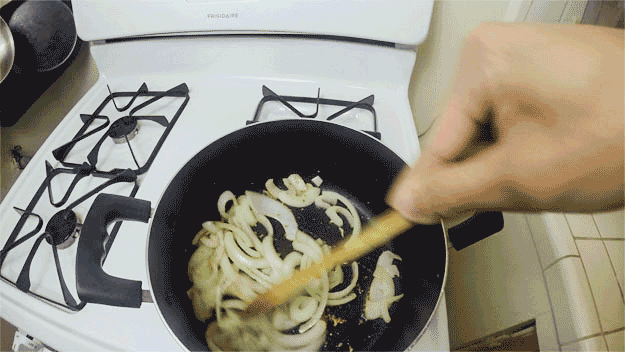
Medium pot. This is what you’ll use to boil eggs/pasta/rice, or steam vegetables. You can also make soups, stews & sauces with it. Note: they come in different styles & sizes. Some have 2 small handles on the side. Mine has one long handle. You’ll see large ones called “stockpots“) and small ones called “sauce pans“. Get whatever size works for the amount of food you’ll be making.
Wooden Spoons. Great for general stirring & mixing. Get a set of spoons that has at least one slotted spoon. The slots will help drain oil or fat when lifting meats.
Tongs. For flipping and grabbing things. I like tongs that are at least 12″ (30cm) long because they keep your hands at a safe distance from boiling water, hot oil, etc. It’s also nice to have one that that has a locking mechanism to keep it shut when not in use.
Sheet Pan. This is a versatile tool that can be used for baking cookies, roasting vegetables, or cooking other things in the oven. The “half sheet” size is already quite large (18″ x 13″, or 45cm x 33cm) and should cover most of your needs.
…and Oven Mitt. To protect your hands from heat when grabbing pots, pans, baking pants, baking sheets, etc..

Instant-read thermometer. To make sure you are cooking proteins to a safe temperature. I spent years without one and the year I invested $10 led to juicier results and less time wasted on guessing. [Note: You don’t have to leave it in the meat as pictured above. Just stick it in for 2 seconds and you’ll get an instant temperature reading.]
Group B: These make cooking much easier. I’d recommend getting them if your budget allows.
Silicone Spatula. Silicone is flexible, which allows this to get into hard to reach places like the corner of a pan. I use it to scrape items (i.e. sauce/batter) out of a bowl, and to gently mix & fold ingredients.
Citrus Juicer. This is my pick for a tool that serves a single purpose. I waste a lot of lemon/lime juice when I try to hand-squeeze them. Get an old fashioned manual one and you’ll get every last drop. The one pictured above has separate slots for lemons and limes.
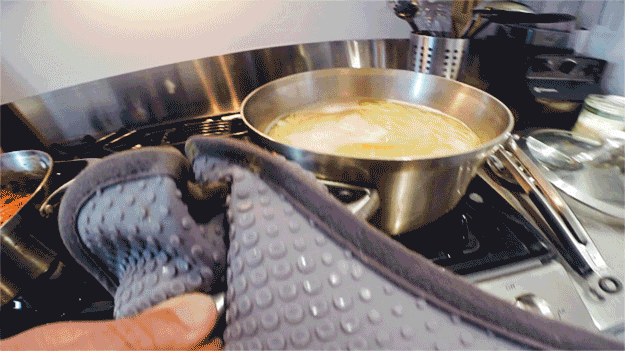
Colander. For draining pasta, and rinsing fruit/vegetables. This OXO colander is the highest rated metal one. This one is also by OXO, but is a double-use salad spinner / colander for the same price.
Mixing Bowl. If a regular bowl can get the job done, I’ll use it. But sometimes you need a bowl for bigger tasks like mixing larger quantities of stuff.
For Cooking in the Oven:
Baking Dish. A baking dish is similar to a sheet pan (see above) in the sense that you put it in the oven. Baking dishes, however, are deeper and can be used for baking things like Macaroni & Cheese, Lasagna, and Cakes/Cobblers.
Miscellaneous

Food Storage Containers. Super useful. I use these all the time for leftovers, marinating, brining, and storing random ingredients (extra chopped onions, etc.). Look for glass containers that are oven safe. They’ll hold up well over time.
Vegetable Peeler. If you’re just starting your cooking journey, it will take you some time to develop awesome knife skills. Until then, use a vegetable peeler to remove skin from carrots, potatoes, lemons, etc. It also doubles as a zester.
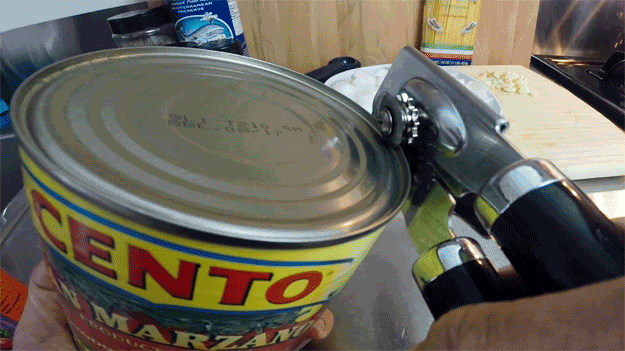
Can Opener. For opening cans!
In my opinion, these are the items I need to prepare, eat, and store most things in a home kitchen. If you think there’s something I should add to this list, please let me know in the comments below!
Other Helpful Resources:
- About.com – Kitchen Equipment
- Real Simple – Essential Kitchen Tools
- The Simple Dollar’s Minimalist Kitchen
Was this page helpful? Click here for my guide on learning to cook!
Eventually these would be nice tools to have, but if you’re a beginner (or on a budget) you can get by without them. They’re not essential for for learning basic techniques. (15 Items | Total Cost: $TBD)
- Paring knife
- Bread knife
- Zester
- Grater
- Potato Masher
- Peppermill
- Salad Spinner
- Whisk
- Vegetable Steamer
- Blender
- Immersion blender
- Rice cooker
- Slow Cooker
- Toaster
- Convection Oven
What’s the difference between between saute pans and skillets?
Saute pans have vertical sides. Skillets have sides that flare out at an angle. via SeriousEats↩
via SeriousEats↩




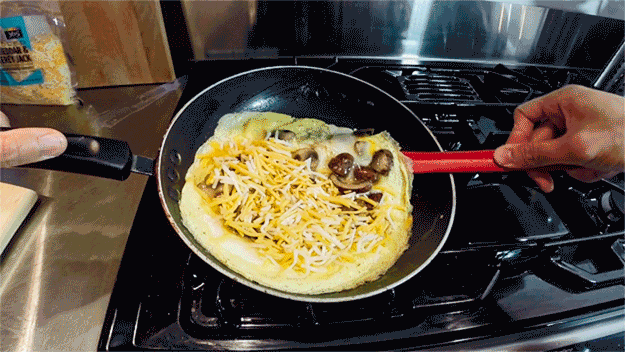
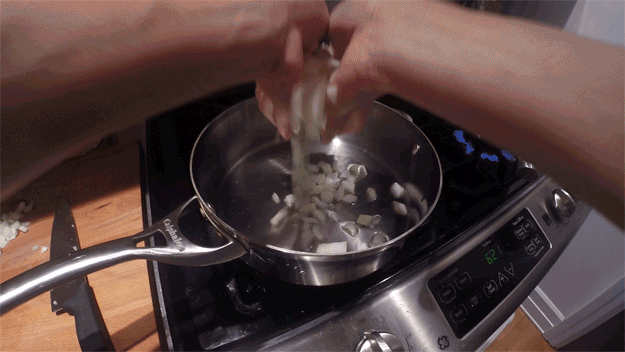

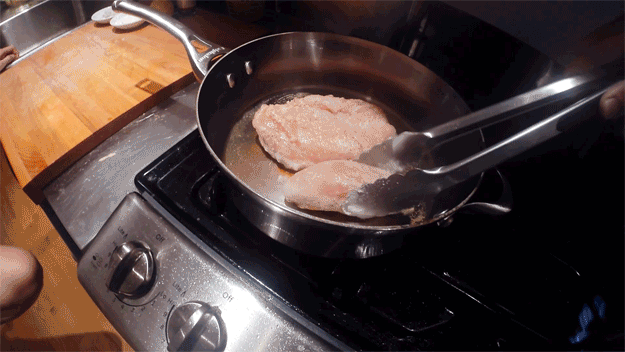
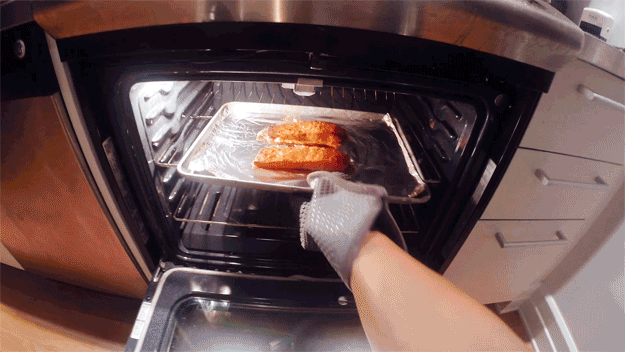




Hello Jeff!! I love your blog! I totally agree with everything on these list. I am in awe of your video clips. I haven’t made the leap yet but I know that it is the future and I need to get going.
I think your blog is going to be a great success!
Thank you Chandra! I have a lot to learn as well. Thankfully the community is so supportive.. if there’s anything I can do to help, just let me know 🙂
I agree with Chandra – I’m loving your video clips. Very cool!